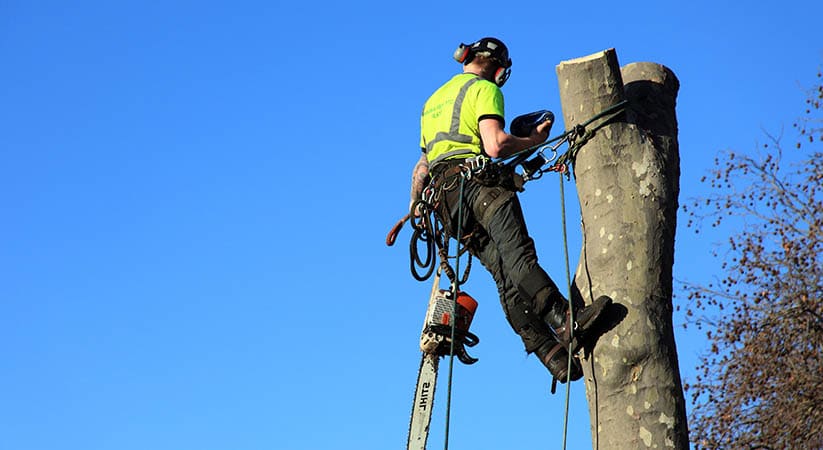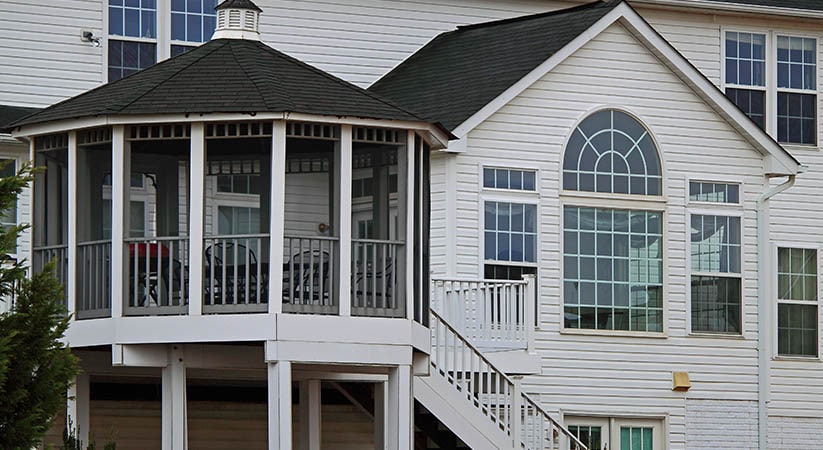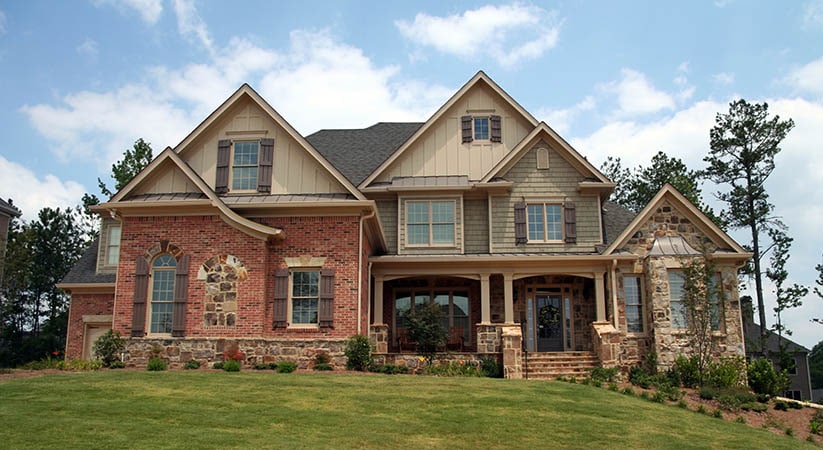Having trees in your back or front yard is indeed a blessing. However, trees can experience several problems such as cracks. Cracks can take place due to a variety of reasons and can also be dangerous, especially around the trunk area so you must hire an arborist service for inspection. We will take a close look at the types of cracks and how you can deal with them.
Bark Cracks
If you observe cracks in the tree trunk, you will first need to identify the type. As mentioned earlier, cracks can take different shapes and develop due to different reasons as well. The analysis of the crack is important as the diagnosis will follow. You cannot use the same remedy for all the crack types hoping the tree will survive.
That said, a common type of crack tends to be bark cracks. These cracks can form on any type of tree for many reasons but mostly take place on young and thin-barked species. Bark cracks can take place due to sunburn. If the tree has been exposed to the sun for too long or the heat is simply too much, it can result in cracks.
Plus, it could also happen if the trees have been suddenly pruned a lot. This is why experts always recommend going slow with the pruning process.
Another popular type of bark crack happens to be Suncaid. This happens when the tree is exposed to direct sunlight followed by cold temperatures at night. The injury takes time to develop and is hardly noticeable in its initial stages. However, you should know that it damages the inner bark.
Moreover, Bark cracks can also take place due to late fertilization. Fertilizing the trees late in the summer or spring season tricks them into growing even when they should be dormant. As a result, the late season growth results in cracks ranging from the bark to the trunk that do not have sufficient time to harden before winter. This increases the chances of frost and sunscald cracks.
Horizontal Cracks
Horizontal cracks tend to form just when the tree is about to fall. This means, if there are horizontal cracks in the trunk area, they are going to be equally dangerous and need immediate attention. You won’t have much time to spot the crack before the tree falls.
Furthermore, horizontal cracks are not that easy to spot either. You will never know when they can take place and therefore, will regularly need to look out for signs. Similar to the Bark cracks, the Horizontal cracks also come in multiple types.
The most popular are the Shear cracks. These cracks tend to be extremely damaging considering they go through the stem in most cases. This results in the tree separating into two halves. During strong winds, the trees sway from side to side making the crack even bigger, eventually causing the two sides to split and the tree to fall.
Additionally, tree trunk areas can also experience ribbed cracks that form over a wound as the tree tries to heal itself. The ribbed appearance of a tree can take years as the changes in the weather temperature cause the bark to join and contract. As the cracks open and close, the tree attempts to stabilize the situation, which ultimately leads to thicker rings.
Moving on, the enrolled tree cracks also known as the ram’s horn form when the tree wound does not heal properly. These kinds of cracks are dangerous as they indicate serious decay. Plus, these cracks can lead to other types of cracks as well. If you notice such cracks on the tree trunk, you will need to consult an expert to rectify the issue as it could lead to tree failure. If the tree is beyond saving, have an emergency tree service Kensington safely remove the tree.
How To Prevent Bark Cracks?
One thing you need to keep in mind is that preventing cracks is easy if you can spot the signs early in the stage. In most cases, the signs tend to be visible but the ignorance of the homeowners leads to the tree’s death. This means that you can also prevent cracks to begin with.
For instance, to prevent bark cracks, you should not over-prune the trees. Every tree needs pruning based on its type and size. Pruning all the branches and leaves, leaving with the tree suddenly with almost nothing is a damaging practice and not a smart move.
In addition to that, you should always install the tree in the right location. If it’s an indoor tree, you should not plant it in the sun. Furthermore, you should follow a proper maintenance schedule and not offer fertilizers in the dormant season. Forcing the tree to grow will lead to complications in the future.
Plus, if your tree already has bark cracks, you should cut the edge of the crack and remove loose parts. This also helps keep the pathogens and insects away as they are always on the hunt for cracked or wounded trees to feed on.
Keep in mind that you should never use sealants or paint in an attempt to cover the cracks. These products contain chemicals and spraying or applying them directly over the wounds can poison the tree.
How To Prevent Horizontal Cracks?
Unlike the Bark cracks, horizontal cracks are not easy to deal with. In most cases, you will observe them just when the tree is about to fail. The best way to prevent horizontal cracks is by keeping a close eye on the tree.
However, as for prevention, you should make sure the tree does not experience a sudden temperature change. Plus, the tree should not be exposed for long hours in the sun. Try to plan the tree based on its type and sunlight needs.
How To Keep Trees Healthy?
Cracks, infections, diseases, and other tree complications can easily be avoided only if you inspect the health of the tree regularly. Fortunately, this is not a complicated issue as most people assume. At most, trees require a bit of attention and care to keep most of the troubles at bay.
To keep the trees healthy, you should first identify the type. The maintenance of the tree depends on the way it grows and produces. Considering every tree is different, the technique will vary as well. As a general rule of thumb, you should keep an eye on the growth and unusual signs and symptoms.
At the same time, you should use the right products, tools, and equipment to prune and cut the trees. Not every fertilizer on the shelves is perfect for every tree out there. What is a growth supplement for one tree could be poison for the other.
Moreover, you should also have an expert performing thorough inspection and maintenance on the trees. This will help identify even the most minor cracks as they take place. As a result, the expert will be able to tackle the situation, helping the tree fight away the problem as well.
Conclusion
Cracks not only in the trunk but in some other areas of the tree can be dangerous and bad as well. The key is to prevent the tree from reaching a stage where the cracks force it to die. Then, the only option would be to consult tree removal companies Chevy Chase for tree felling. Therefore, the tips mentioned above will surely help you but make sure to hire an arborist as well.




